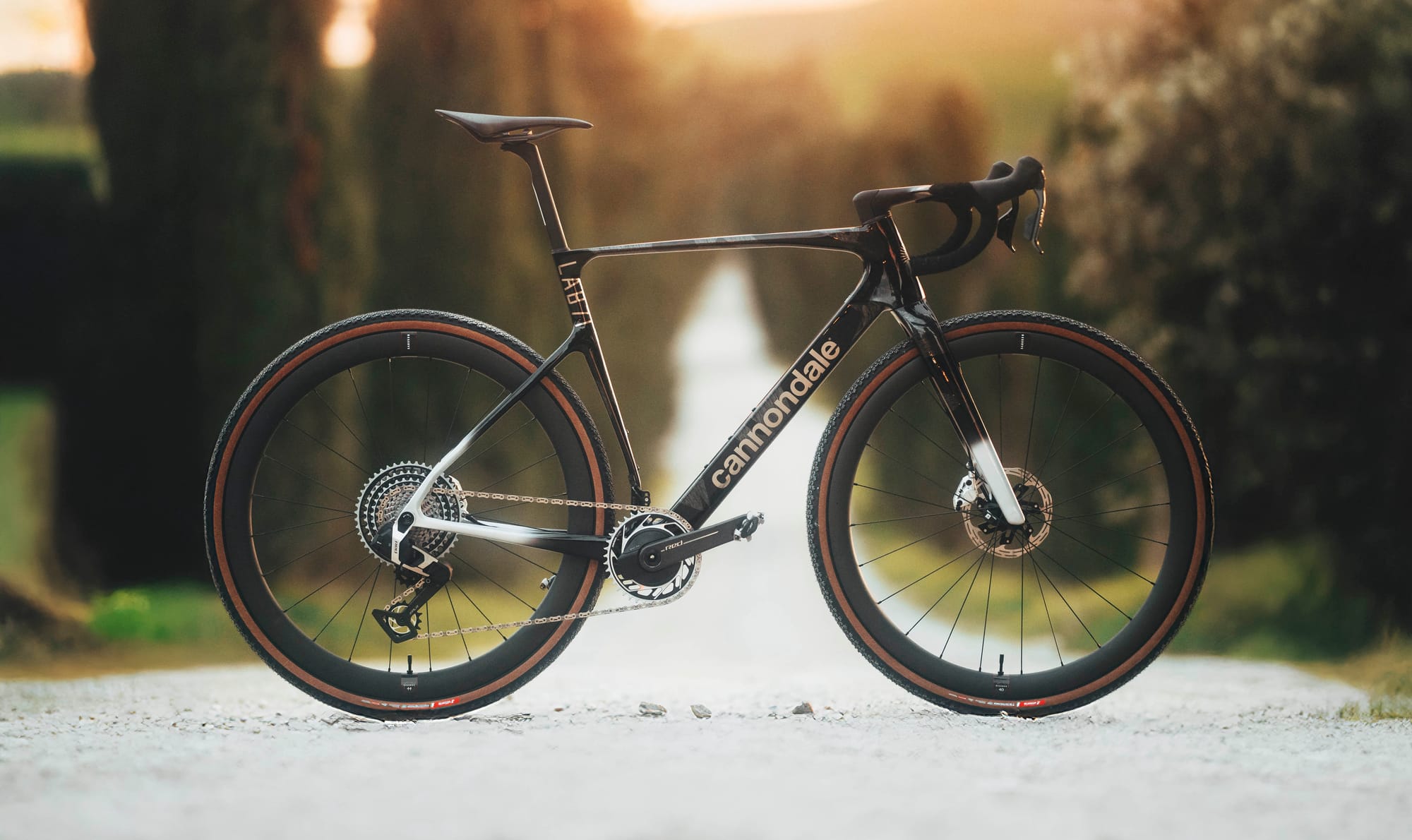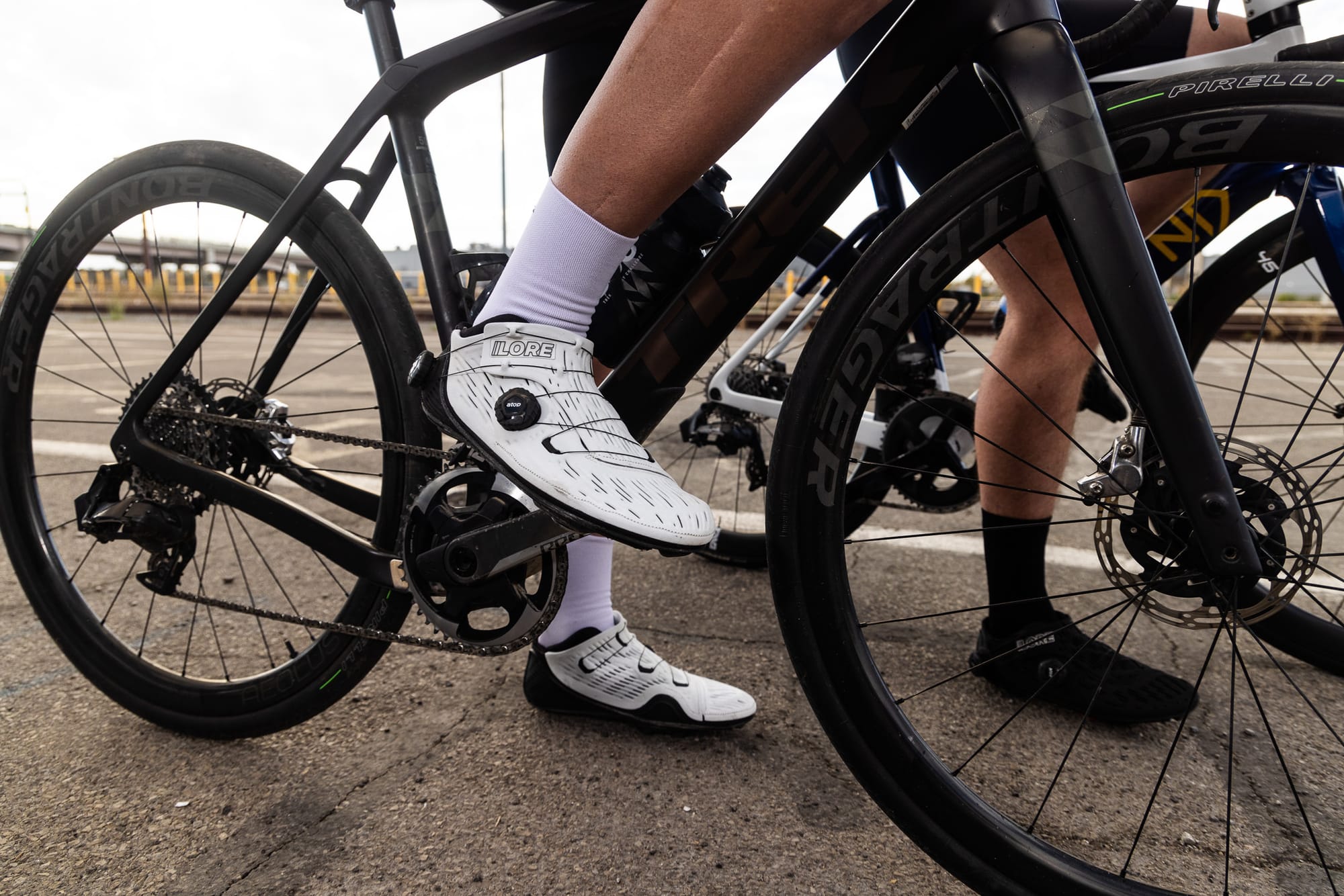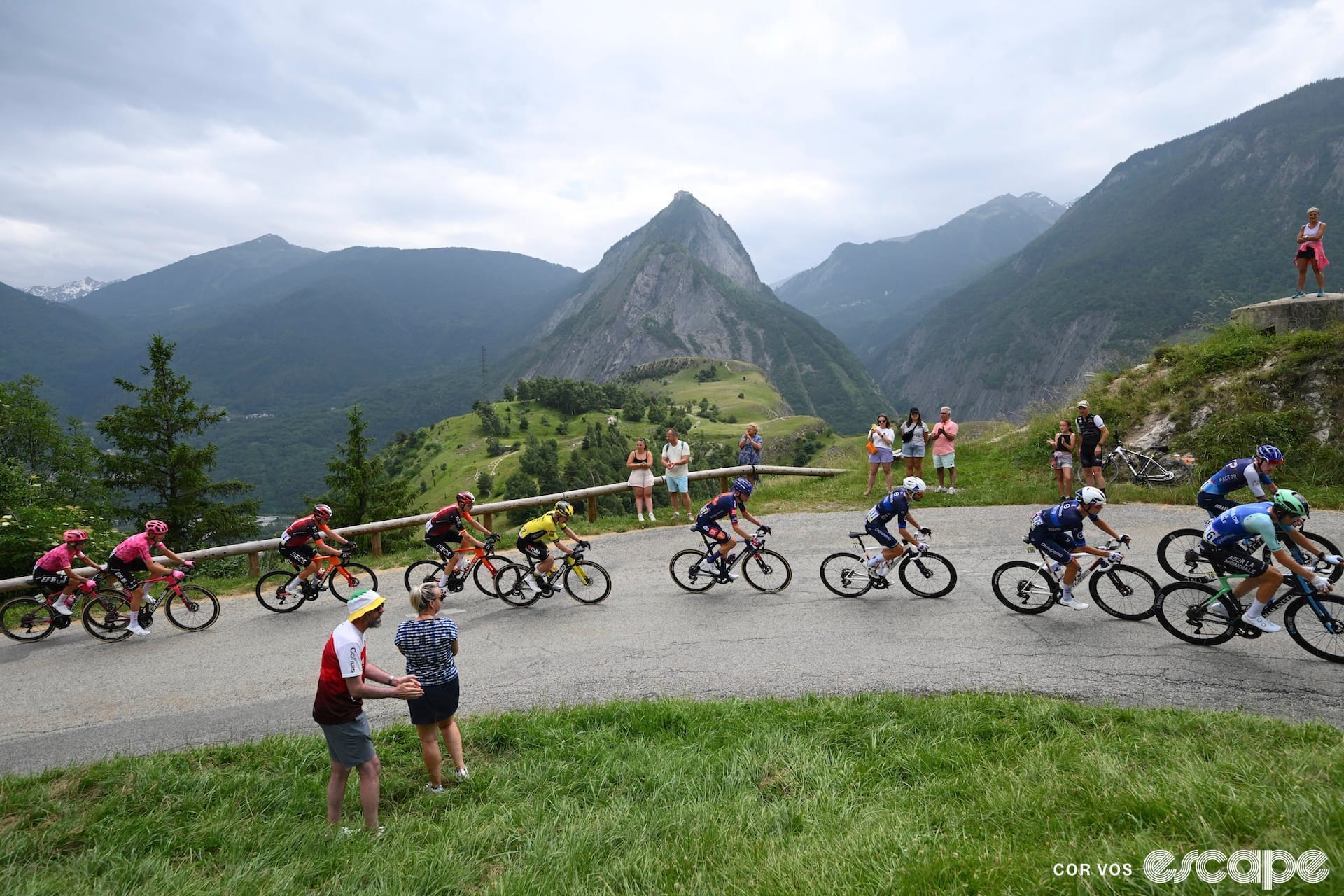Cannondale has replaced the SuperSix EVO SE/CX with a revamped SuperX, and in the process, the brand has now fully and finally abandoned its proprietary Ai (Asymmetric Integration) offset technology.
The new SuperX modernises the outgoing model and is positioned much more as a pure gravel race bike with more tyre clearance. Meanwhile, those dreaming of a dedicated cyclocross race machine may be left wanting, but according to Cannondale, the bike is still great for that, too.
The SuperX launch – or relaunch – is a bit of a course correction from the American brand. When Cannondale introduced the SuperSix EVO SE and CX models to replace the SuperX in 2021, the idea was to merge cyclocross and gravel racing into a single platform that borrowed elements from the brand’s SuperSix road race bikes. While that worked as a concept, it didn’t work in naming, which Cannondale has now openly admitted.
“SuperX is an awesome name with a storied history and SuperSix EVO SE/CX was ... not so much. Great bike. Confusing name," the brand admitted in its press release. "This is ironic because we originally changed the name to simplify things, giving people just one name to remember instead of two. SuperSix EVO meant racing, whether on road as EVO, on gravel as EVO SE, and on cyclocross as EVO CX. But it was a mouthful and inevitably led to confusion. We live and learn."
So in an effort to clarify things, Cannondale is trying that same gravel-cross combo again, but this time with a simpler name.
The frame
With the new SuperX, more than just the name has changed, though. One major shift is ditching the Ai technology. The offset – which, in essence, pushed the drivetrain and rear hub 6mm to the right – was once a Cannondale hallmark, aimed at improving tyre clearance and wheel stiffness. But as wider chainlines became standard (such as SRAM Wide and Shimano GRX), it lost its unique purpose.
Cannondale, again, openly acknowledges as much: “The Ai offset rear end was a cool idea for its time. It allowed us to get better tyre clearance, shorter chainstays and a stiffer rear wheel, without requiring any new standards or proprietary parts. But when the industry caught up with wider chainlines, Ai was no longer needed, so we retired it in favor of the new industry standards.”
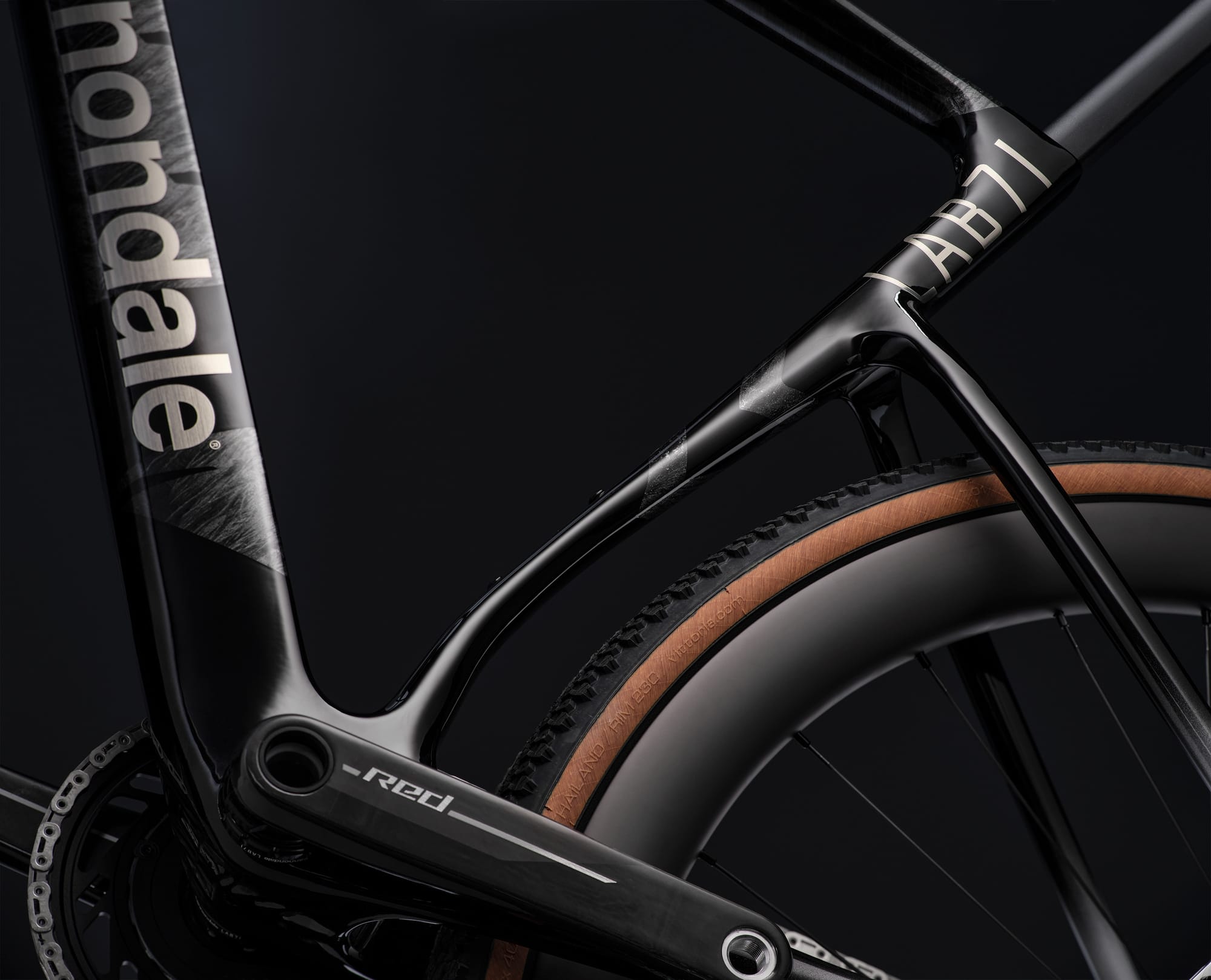
With Ai gone from all of Cannondale’s range (though old stock might remain), wheel swaps are now easy, and compatibility is no longer a huge headache to figure out. Instead, you’ll now find a regular English threaded bottom bracket in place of the outgoing 83 mm-width press-fit thing. There’s also a UDH (Universal Derailleur Hanger) for compatibility with the likes of SRAM’s Red XPLR AXS groupset.
Visually, the SuperX departs from the SuperSix Evo SE/CX it replaces and instead takes clear design cues from the SuperSix Evo road bike, featuring aggressively tapered top and seat tubes that flatten out significantly. Its shape also bears a strong resemblance to the prototype bike Lachlan Morton was spotted riding during his Australia ride last fall.
Overall, the new SuperX reflects where some modern gravel racing bikes are headed: Cannondale claims the new bike to be lighter, more integrated, stiffer and – of course – more aerodynamic. The top-tier LAB71 SuperX now boasts a sub-900 g frame, shedding over 100 grams compared to its predecessor.
Though Cannondale doesn’t share specific aero data about the bike beyond saying it’s “super aero," there are some obvious changes to aid the bike through the air. Most notably, the cables that were exposed on the SuperSix EVO SE/CX have now been hidden away. The front end is cleaned up even more for the flagship Lab71 model with a SystemBar R-One one-piece carbon fiber cockpit, while the rest get a two-piece alloy setup. The bike shares a headset and spacers with the current SuperSix Evo.
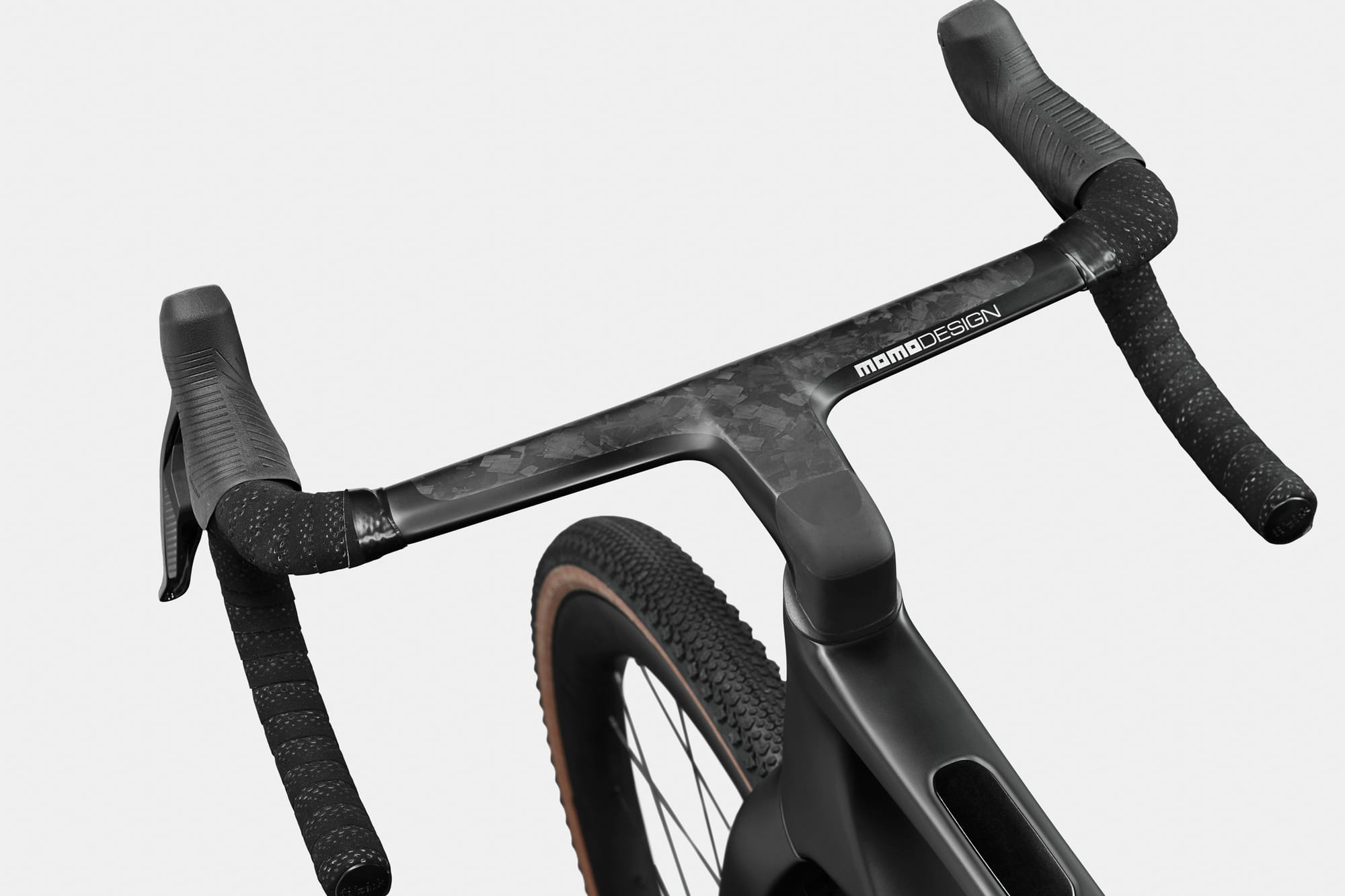
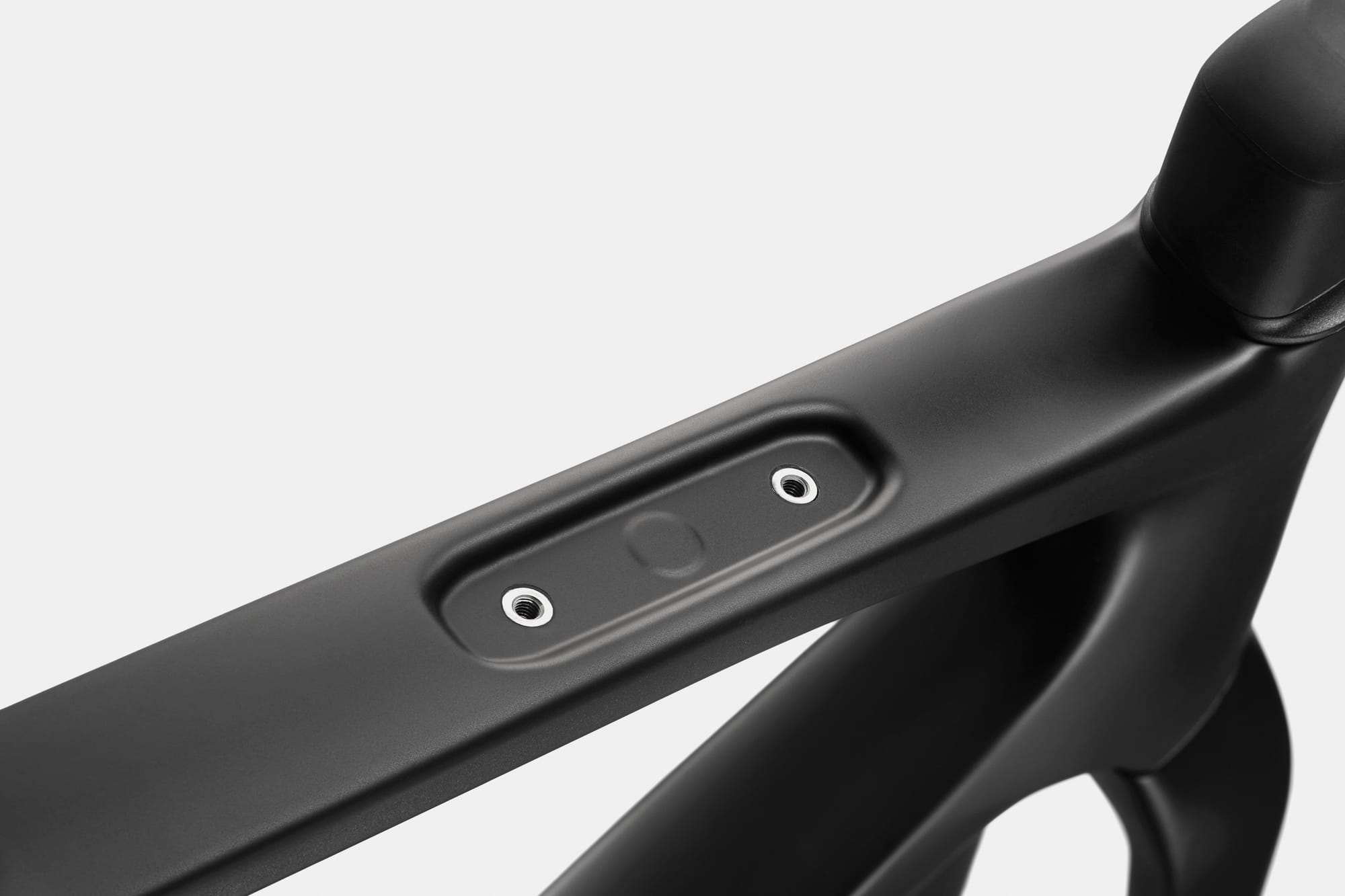
The top tube bag mounts can be hidden away.
With its intention to still cater to the cyclocross racers, this is not a bike for the rowdiest gravel folk. For that, Cannondale still has the Topstone as the more versatile and plushier offering. As such, the SuperX is not compatible with suspension forks due to its Delta steerer (effectively a triangular-shaped steerer for clean integration of the cables), nor are there mounts for attaching your kitchen sink and more to the fork either; instead, you get one single top-tube bag mount that you can also hide away.
There is more tyre clearance, though. The space has grown from the previous 45 mm to 48 mm at the rear and 51 mm at the front, accommodating for some reasonably wide tyres. That alone is good for damping down some buzz from the terrain, but Cannondale also says it’s added flex zones in the seat tube, rear triangle, and top tube to “work as a system with the D-shaped seatpost to absorb shock and vibration." The seat post is the same one used on the SuperSix EVO Generation 3 and CAAD13.
Geometry and sizing
The SuperX comes in six sizes – ranging from 46 to 61 – with one more size for the taller riders compared to the outgoing SuperSix EVO SE/CX. Cannondale also says it customised the carbon layup for each size to deliver the same ride qualities across the range.
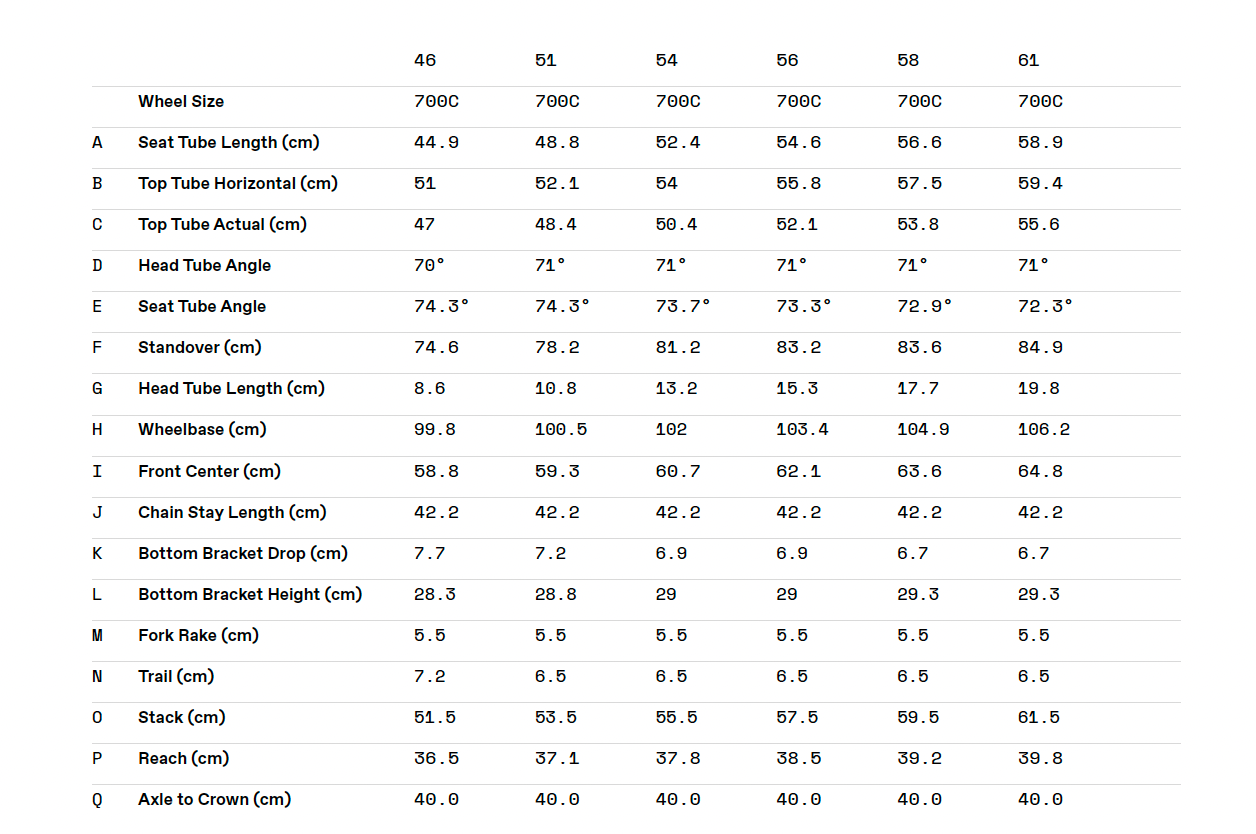
There are only two bar widths available, 40 cm (for the two smallest sizes) and 42 cm, while stem lengths vary from 90 mm to 110 mm. Cranks go from 165 mm (only for the smallest frame size) to 175 mm arms. Of note, although it’s listed with a GRX820 groupset, the SuperX 2 model will come with a GRX600-series 165 mm crankset, as Shimano doesn’t offer a shorter option for its top-tier groupset. Justifying that, Cannondale said, “In the debate between proper fit and weight savings we decided fit was the more important factor."
The geometry remains similar to the SuperSix EVO SE/CX, bar slightly steeper seat tube angles and a tad longer trail figures. This means the SuperX still very much has a geometry for racing, with a slack 71° head angle (except on the smallest size, which gets 70°) and a 55 mm fork rake across the size range.
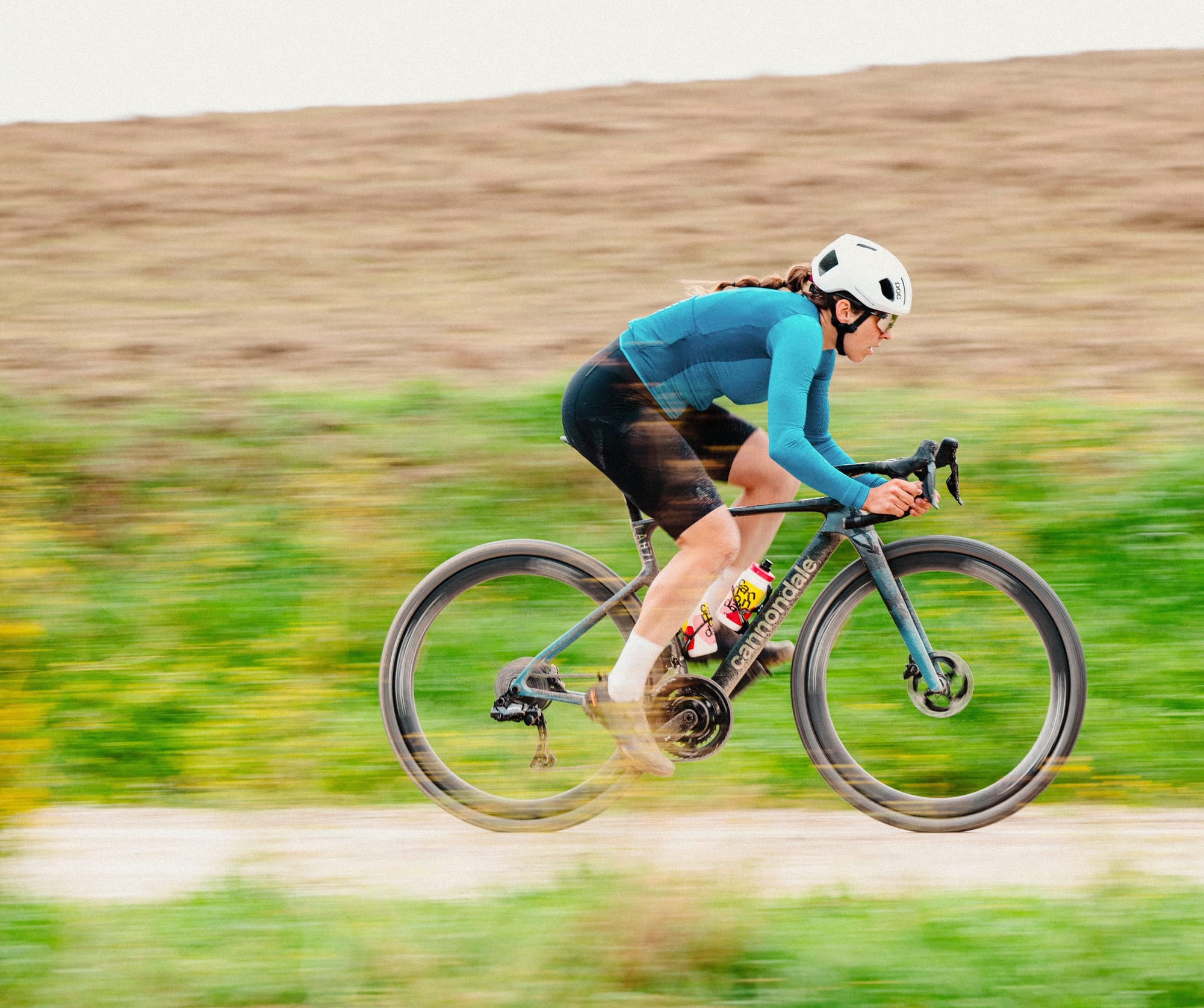
The short 422 mm chain stays have been brought over too, but the bottom bracket height has been dropped further to optimise for the bigger gravel tyres rather than giving that clearance for pedalling through tight turns at cyclocross races. Overall, the SuperX is a mix; it’s a gravel race bike with some of the old cyclocross DNA still seen – such as the flat top tube for shouldering the bike up a muddy slope.
Models and spec
The SuperX lineup comprises three models and a frameset option. The top-tier LAB71 SuperX is the premium race offering, and the other two models get a slightly heavier carbon layup.
Cannondale says the limited-edition LAB71 frames have a higher proportion of high-tensile modulus fibers, meaning fewer fibres have been used overall to achieve the stiffness – resulting in a 100 g lighter frame compared to the SuperX 2 and 3.
All of the SuperX models come specced with 40 mm Vittoria gravel tyres as standard.
- LAB71 SuperX – The top-tier model, featuring Series 0 carbon construction for the lightest possible frame weight, with 7.4 kg total bike weight (size 56 with sealant and bottle cages). SRAM RED XPLR AXS 13-speed drivetrain, Reserve 40|44 GR carbon wheels, and a Cannondale SystemBar R-One cockpit. (US$15,000 / £12,500 / €14,999)
- SuperX 2 – Built with Shimano GRX 825 Di2 with a carbon Reserve 40|44 GR wheelset. 8.6 kg claimed weight. ($6,800 USD / £6,550 / €6,900)
- SuperX 3 – Built with Shimano GRX 820 mechanical shifting, DT Swiss G1800 wheels, and Vision Trimax Aero Alloy two-piece cockpit. 9.1 kg claimed weight. (US$4,200 / £4,250 / €4,500)
- LAB71 SuperX frameset only – US$5,500 / £4,950 / €5,500
Escape’s own Ronan Mc Laughlin is expecting a delivery of a Cannondale SuperX to test in the coming months, so keep an eye out for the full review in due course.
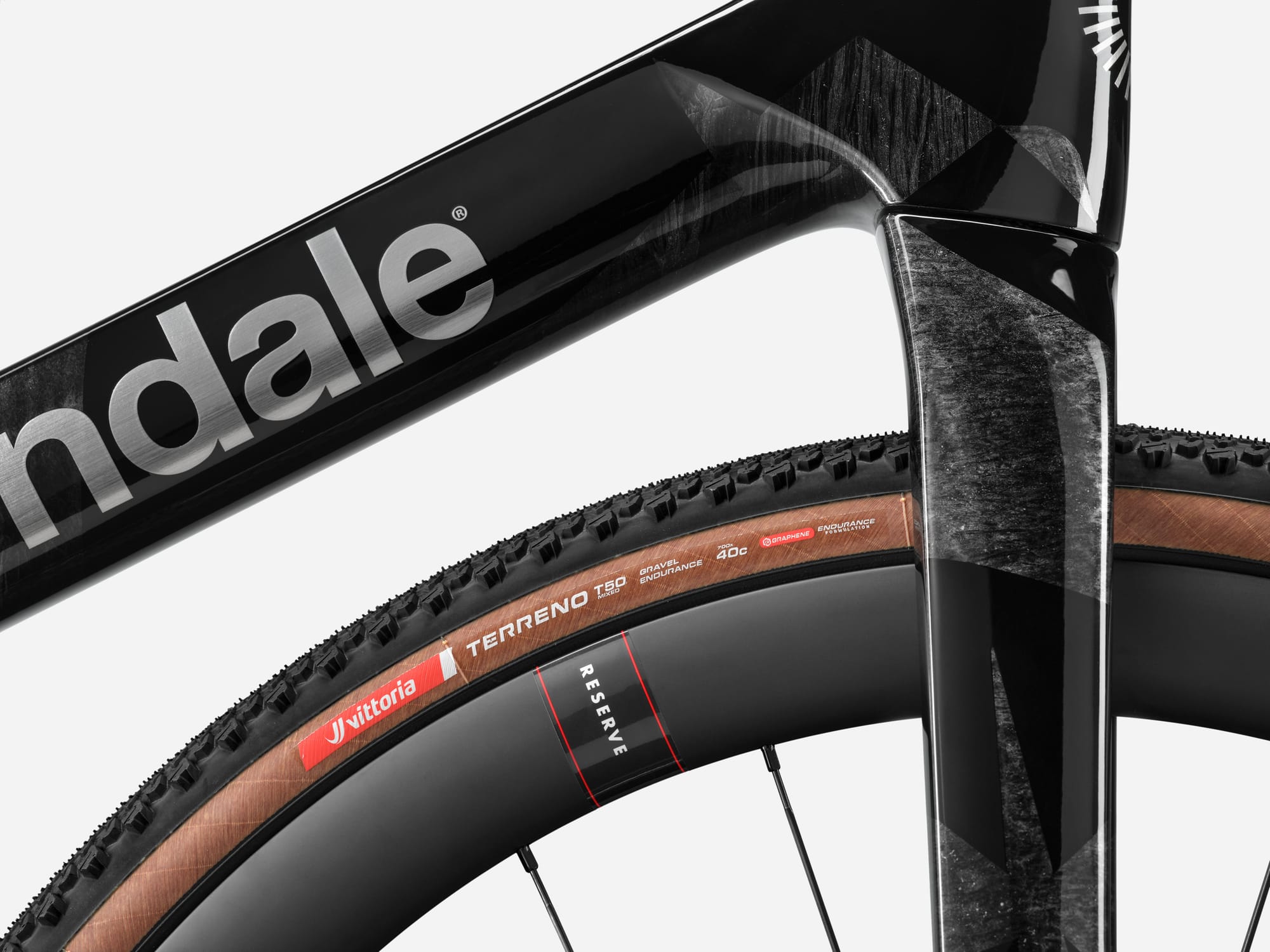
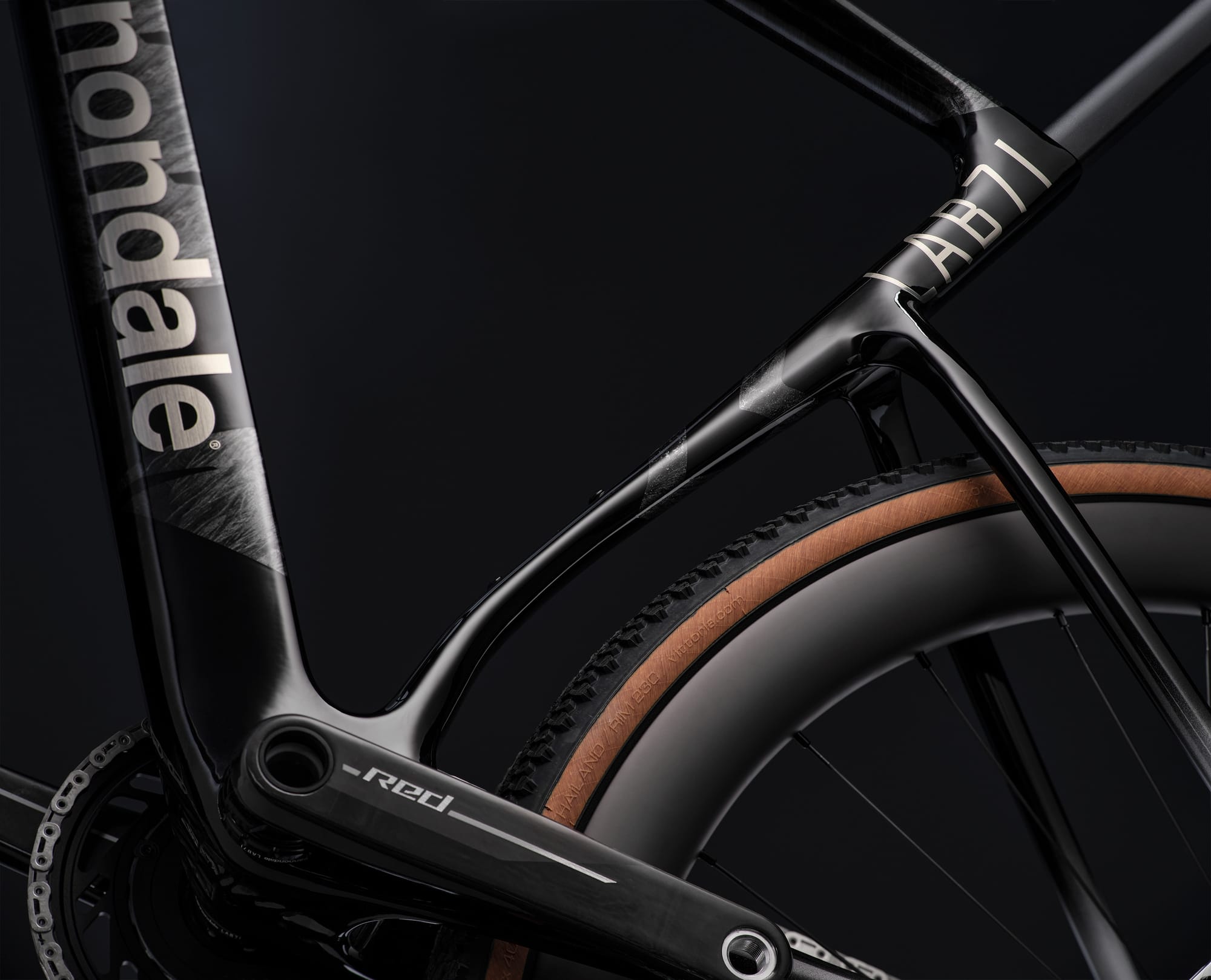
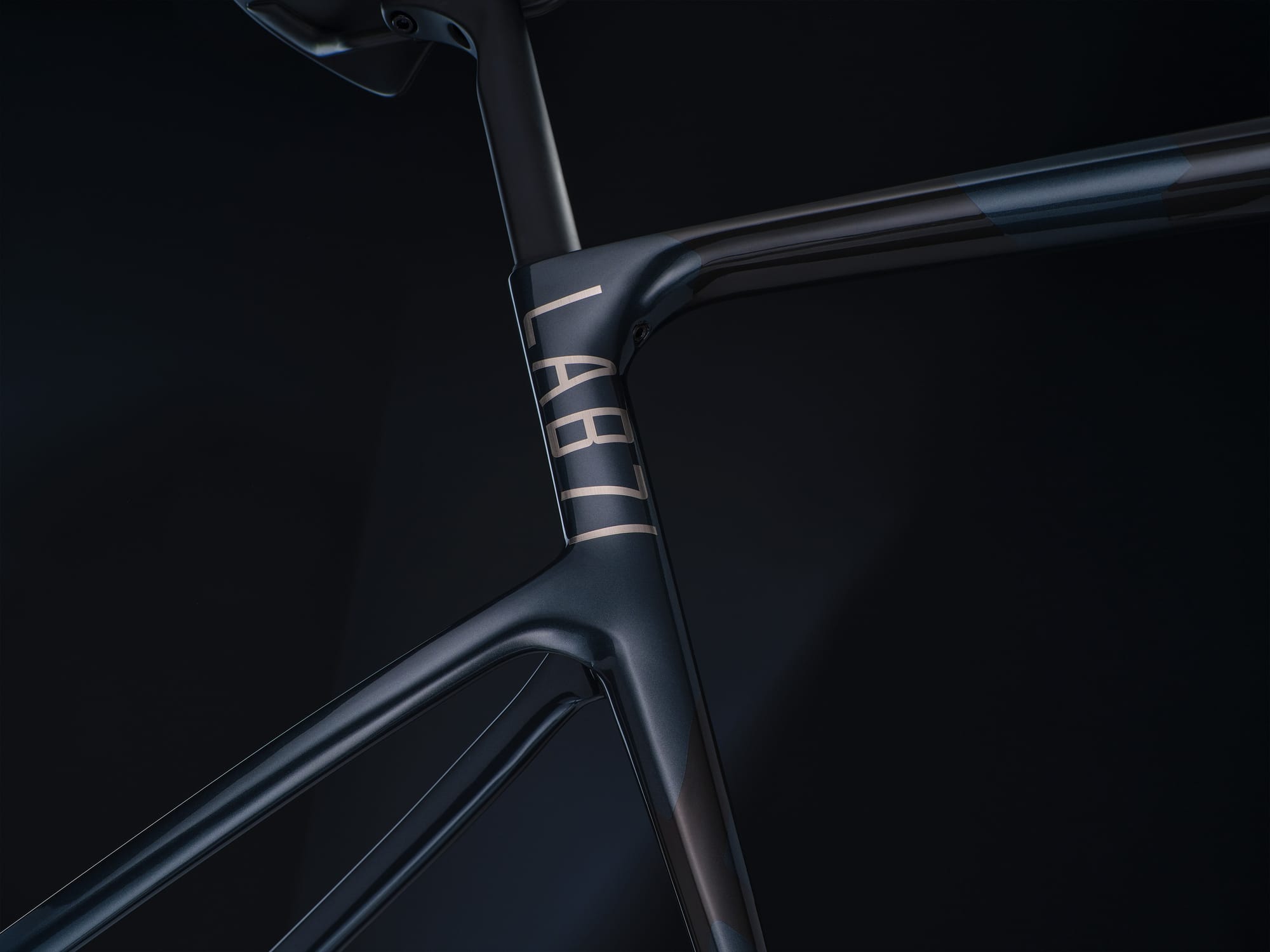
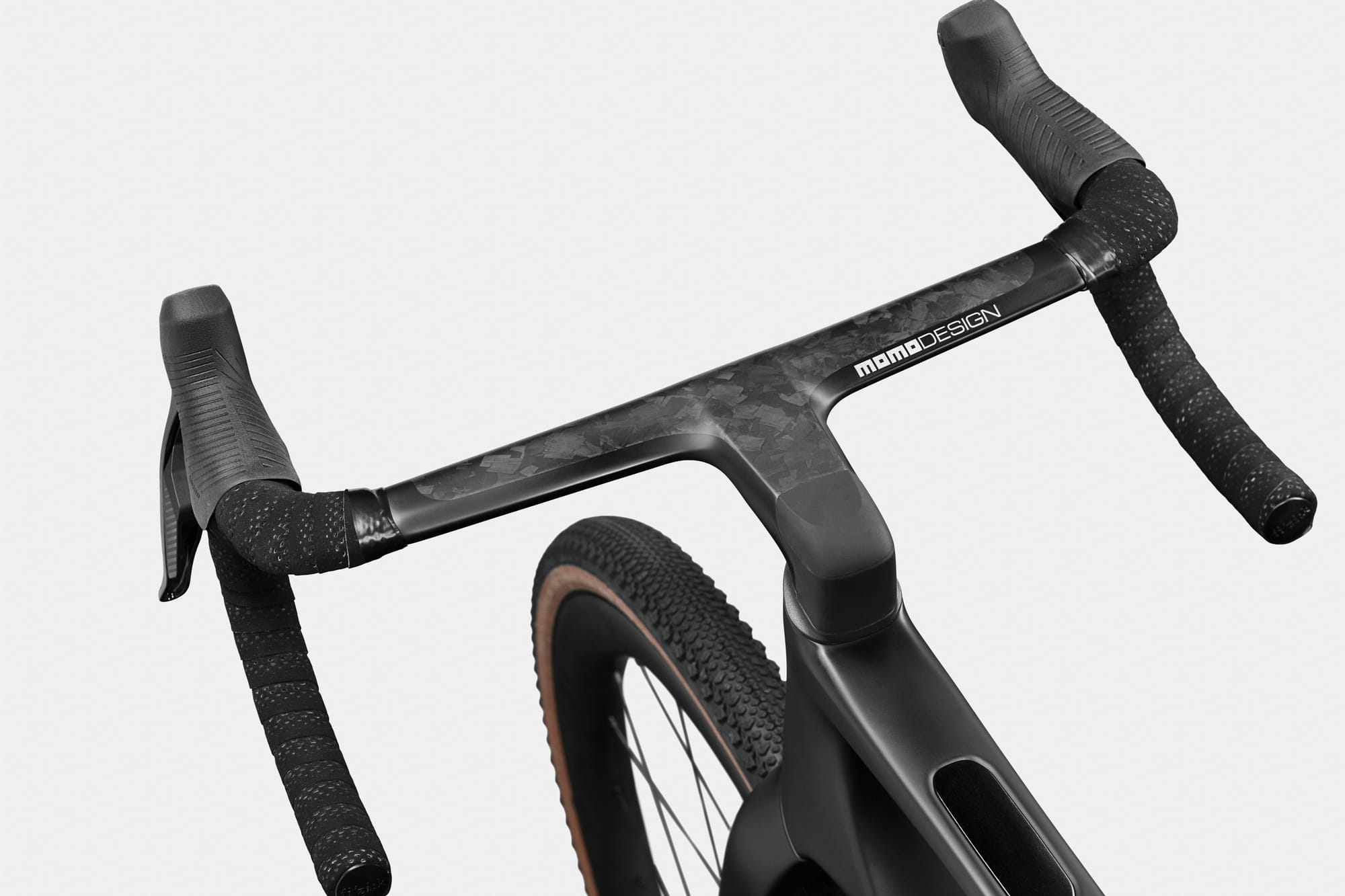
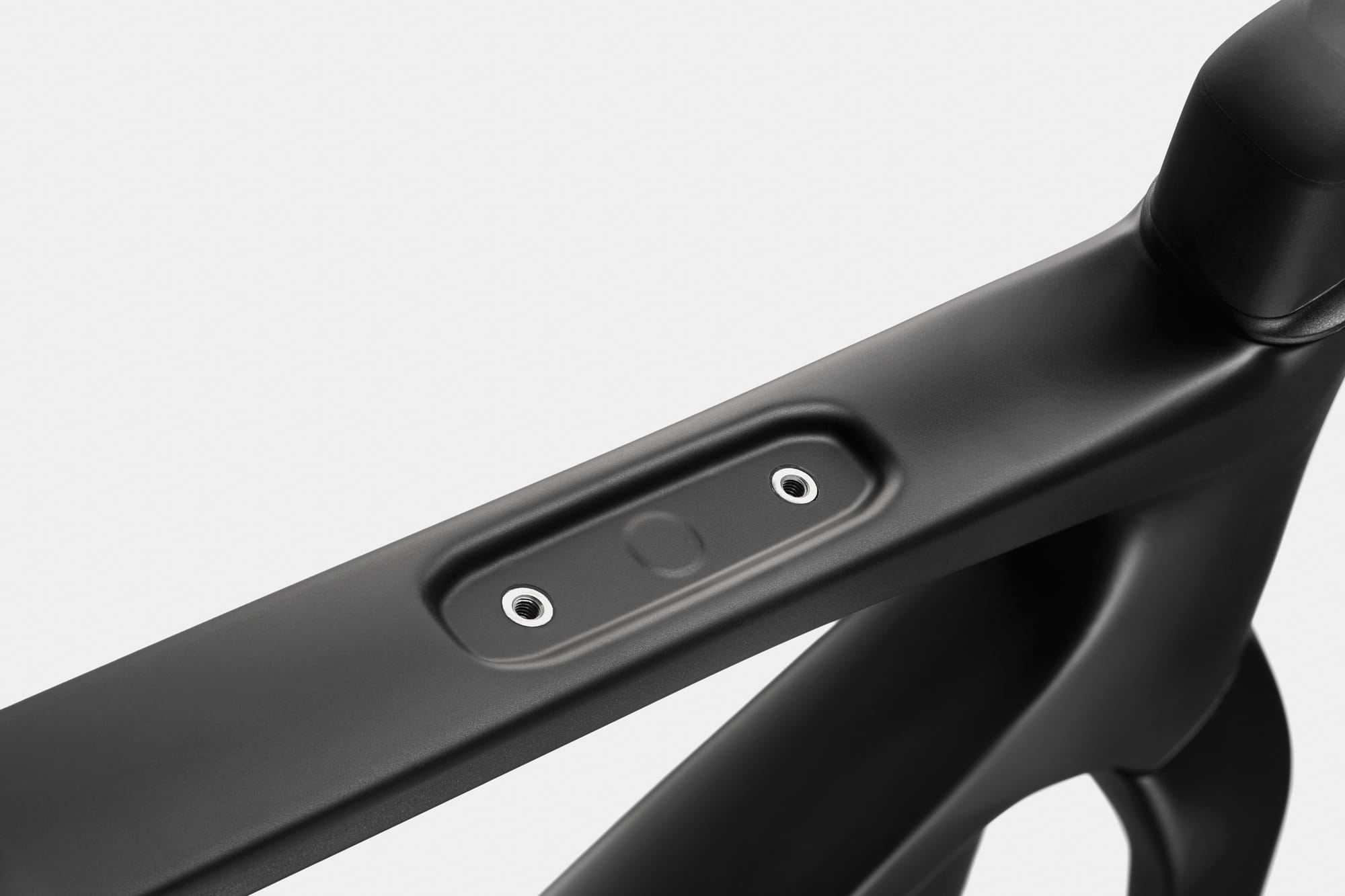
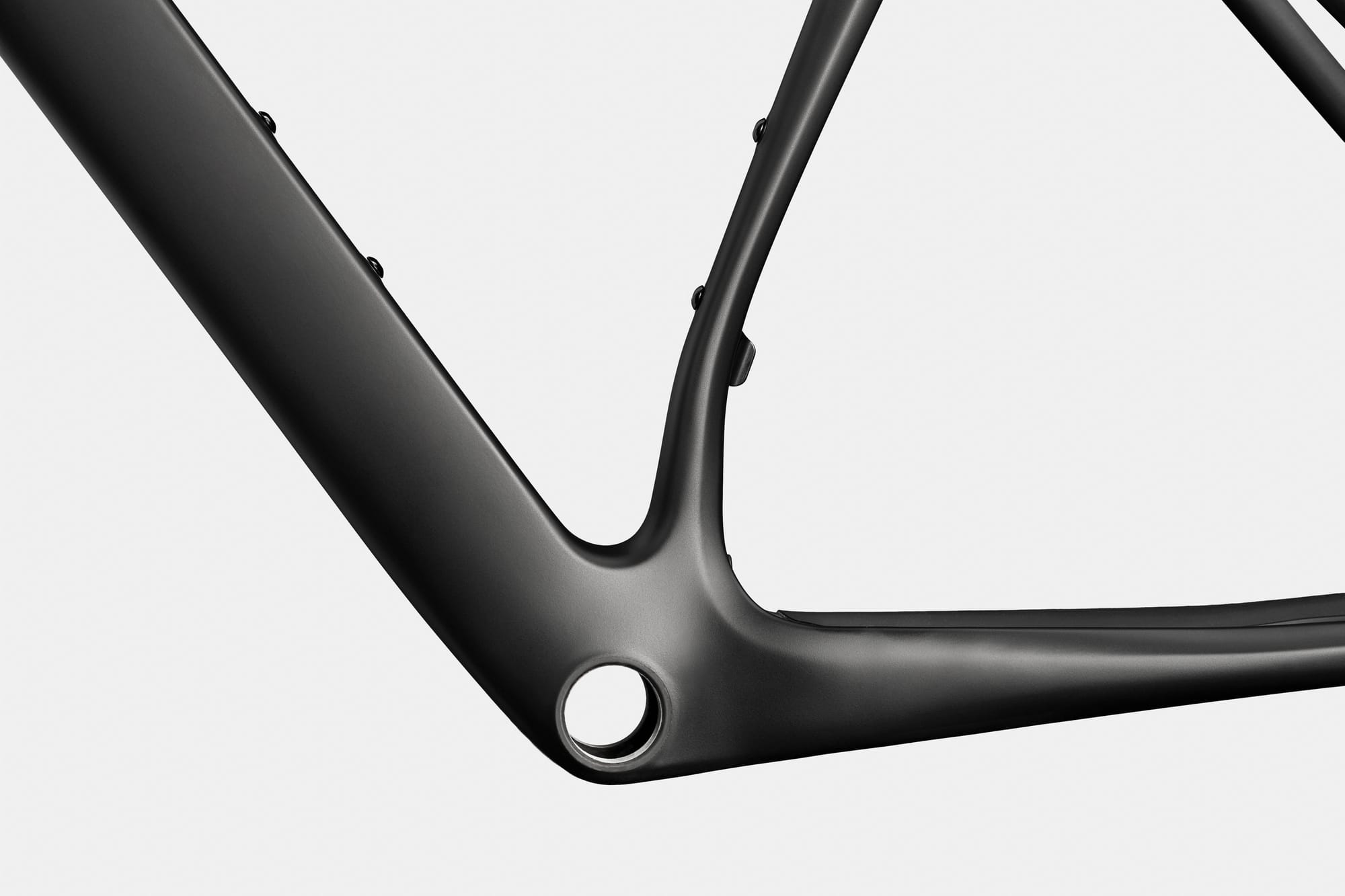
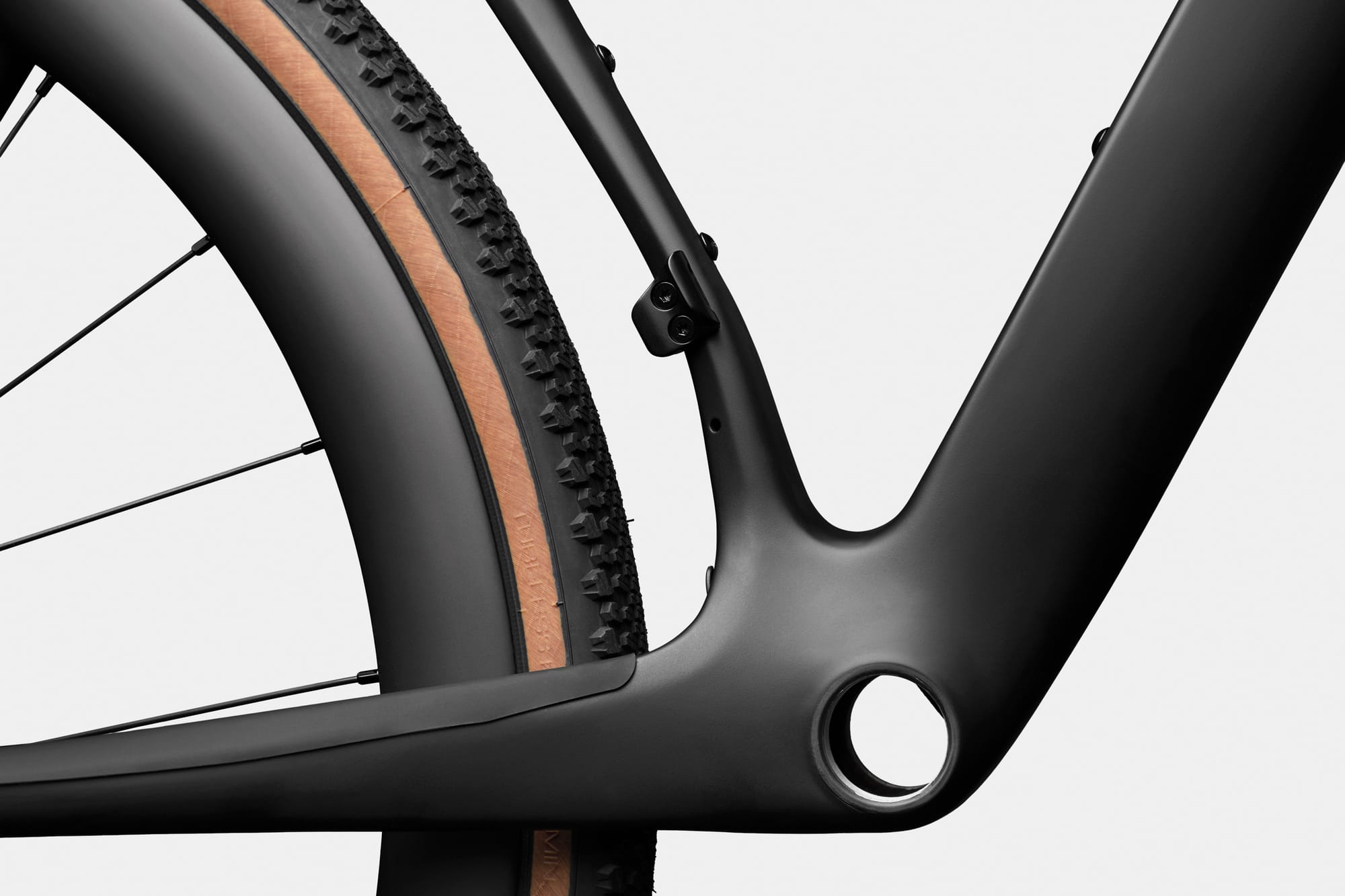
Did we do a good job with this story?

